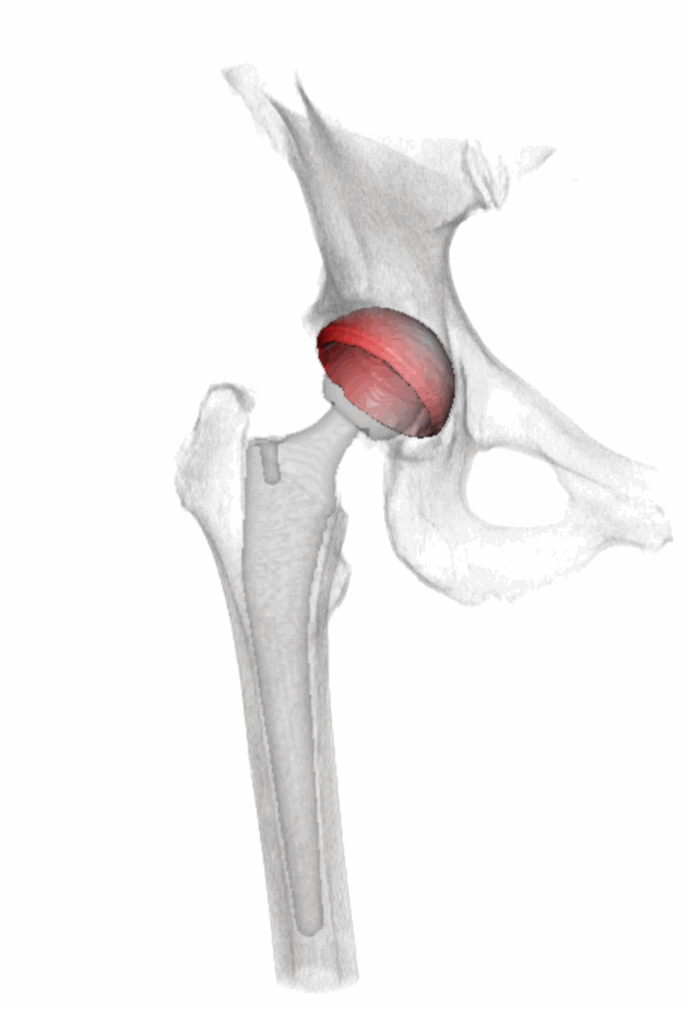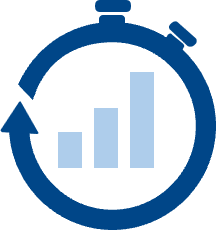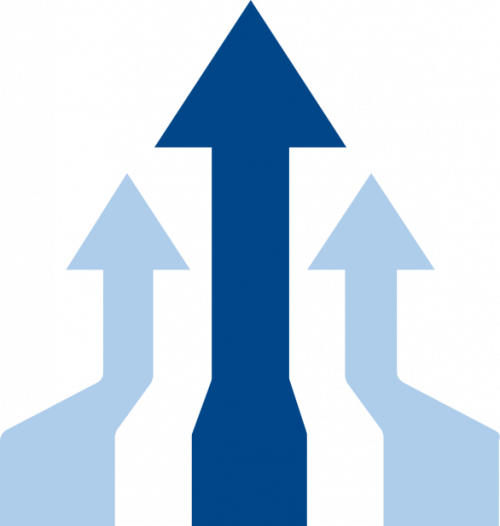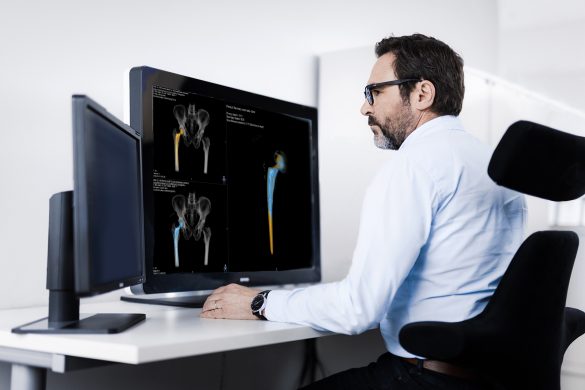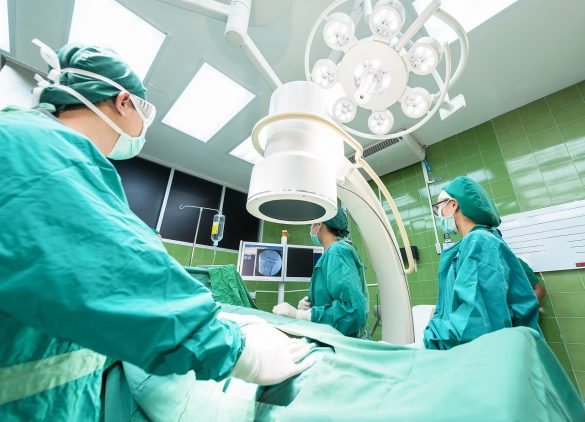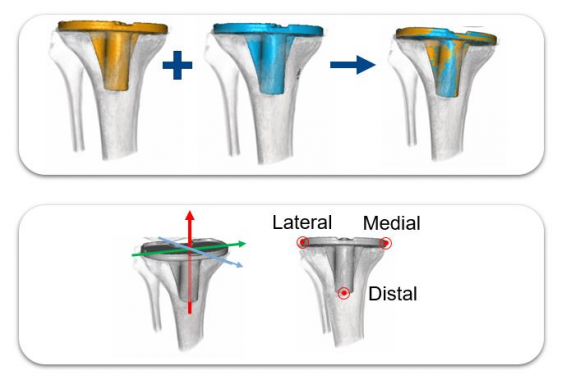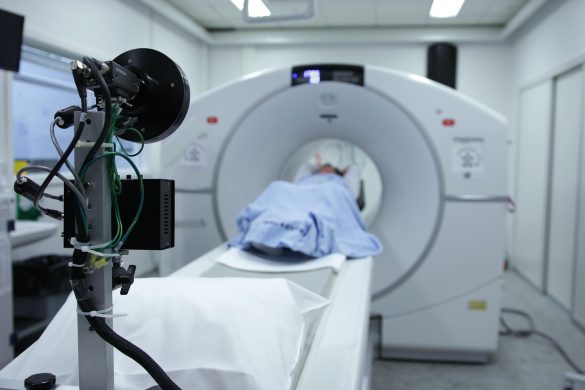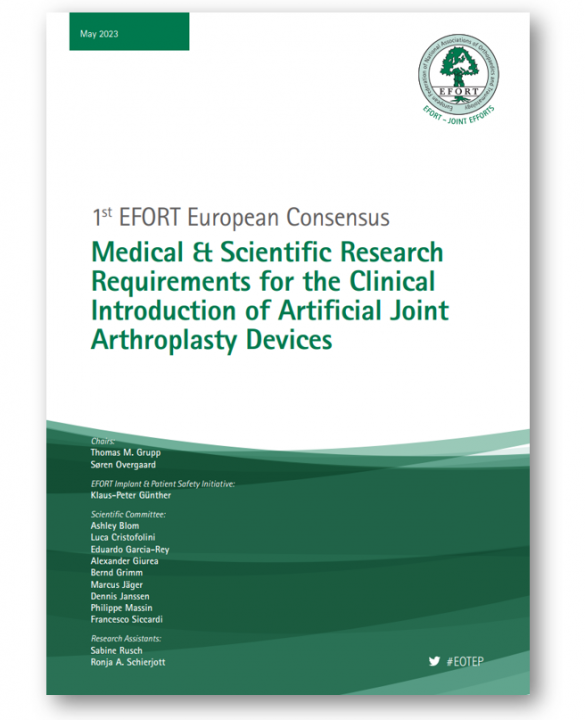A new orthopaedic research solution
Sectra CTMA is the original, patented CT-based RSA solution that eliminates the need for physical markers and a specialized RSA lab. It is rapidly replacing conventional RSA studies because it is more user-friendly, cost-effective, and gives faster results. Making CTMA results highly valuable for FDA approval, post-market follow-up, and providing strong evidence and visualization of implant safety.
